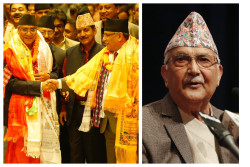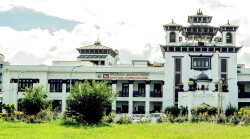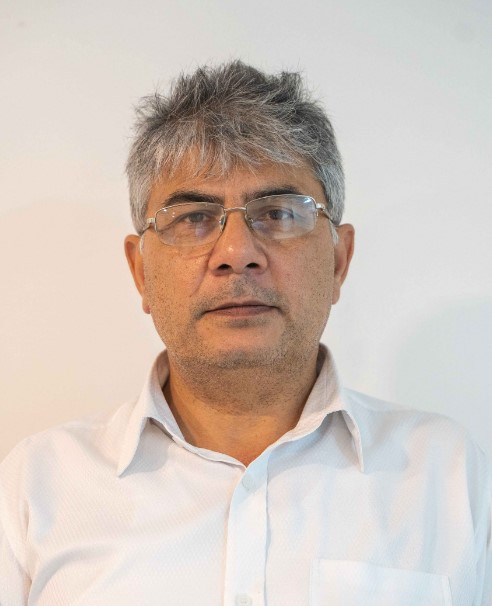Elections 2022
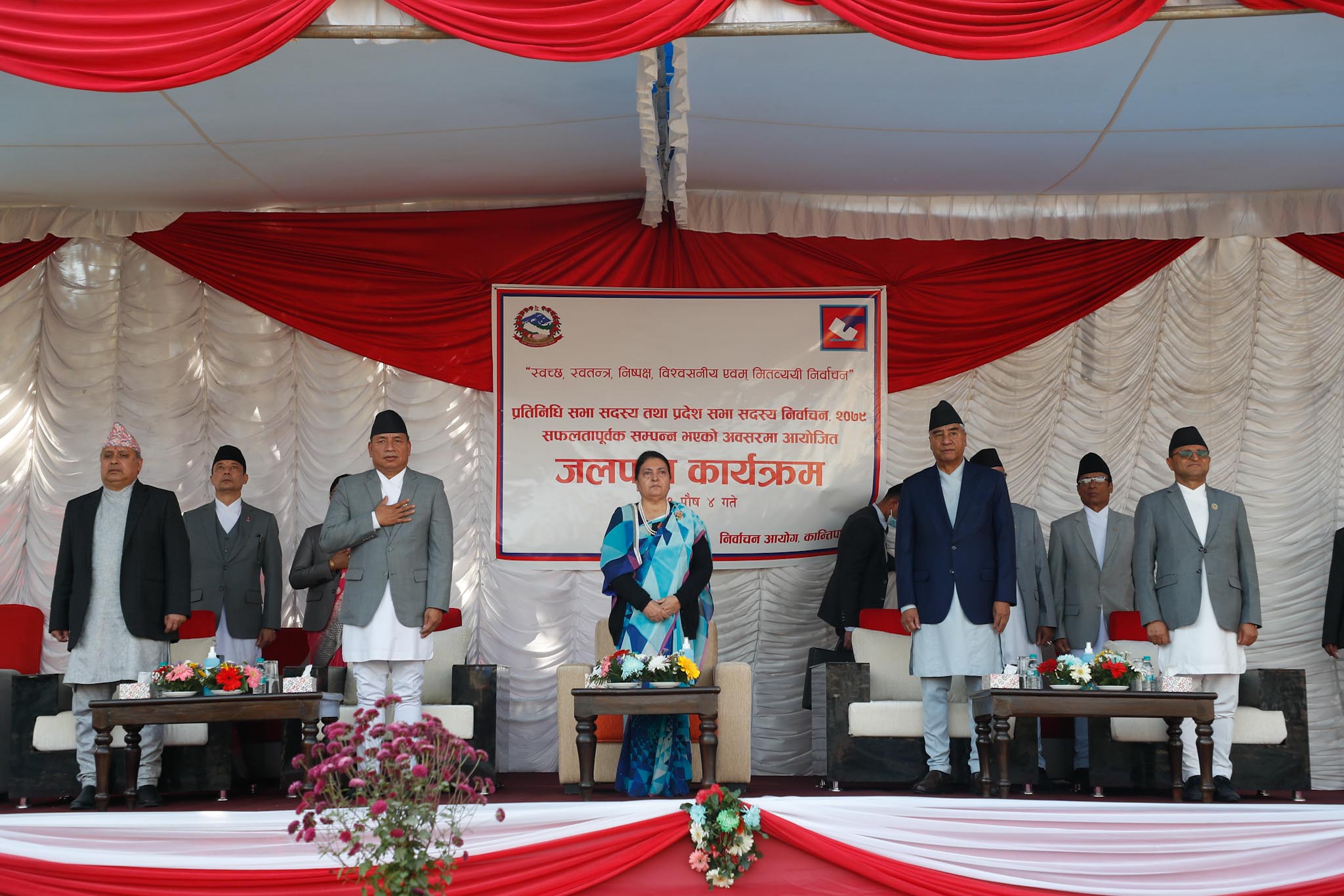
President Bidhya Devi Bhandari's circular on Sunday giving a seven-day deadline for parties to form a coalition government under Article 76(2) of the Constitution has sparked a debate.
Political parties, legal eagles and the civil society appear on the same page questioning whether the Constitution vests powers on a "ceremonial president" to take a political call of such magnitude.
The arguments are based on two premises: (a) The Constitution does not give any such power to a "ceremonial president", and (b) Maoist party's one and only leader Prachanda's contention that the presidential call came before the newly elected people's representatives wore sworn in as Members of Parliament.
Ceremonial, or Constitutional Presidency?
Does Nepal have a "ceremonial presidency" or is it a constitutional one? In Nepal, it depends. How the interpretation goes is determined, well, by the context of the day. Collective Nepali perceptions, reactions and responses often appear guided by subjectivity rather than objectivity. Where and when it is convenient Nepal has a constitutional presidency, other times it is ceremonial one.
Nepal is one of the world's youngest federal republics. Many of the institutions that were or have been created are just evolving, including the Office of the President. The newly elected House would do well to define, perhaps more clearly, the role and responsibilities of a president with regard to formation of the government after the general election. Also, there's a need to put to rest – once and for all – that presidency is constitutional and not ceremonial.
In her capacity as the President, Bhandari had invited UML Chair KP Sharma Oli to form a government following the 2017 elections. Similar knee-jerk reactions came from the civil society, the political parties and the legal eagles but then everything fizzled out. Nobody took any serious interest in the issue. So is it going to be the same this time around? Most probably yes.
Impatient rules
Dahal's contention comes from his fierce desire to storm into Baluwatar under a power-sharing deal with Prime Minister and Nepali Congress President Sher Bahadur Deuba. The Maoist supremo knows precisely well the perils of the past if he is to make the same mistake that he did after the 2017 elections, under which a "gentleman's agreement" with UML Chair Oli never materialised.
In the end, the plum job of prime minister landed on the laps of Deuba out of nowhere. Dahal knows too well that he was – rather had to be – one of the key proponents of the scheme to "save democracy and parliament" from Oli's grand design.
In the end, he spent five long years staring at the high office of the prime minister and sprawling residence of Baluwatar. Dahal is once bitten, twice shy. He appears to have lost confidence in any power-sharing deals since then.
He is in a great rush to become the prime minister in the first interval even as Deuba has offered to pass on the torch to him in the second interval. In his pursuit Dahal appears all-out to storm into Baluwatar. He has negotiating intensely with Oli, who reportedly has offered the first two-year tenure in exchange of the presidency and House speakership.
Blessing in disguise
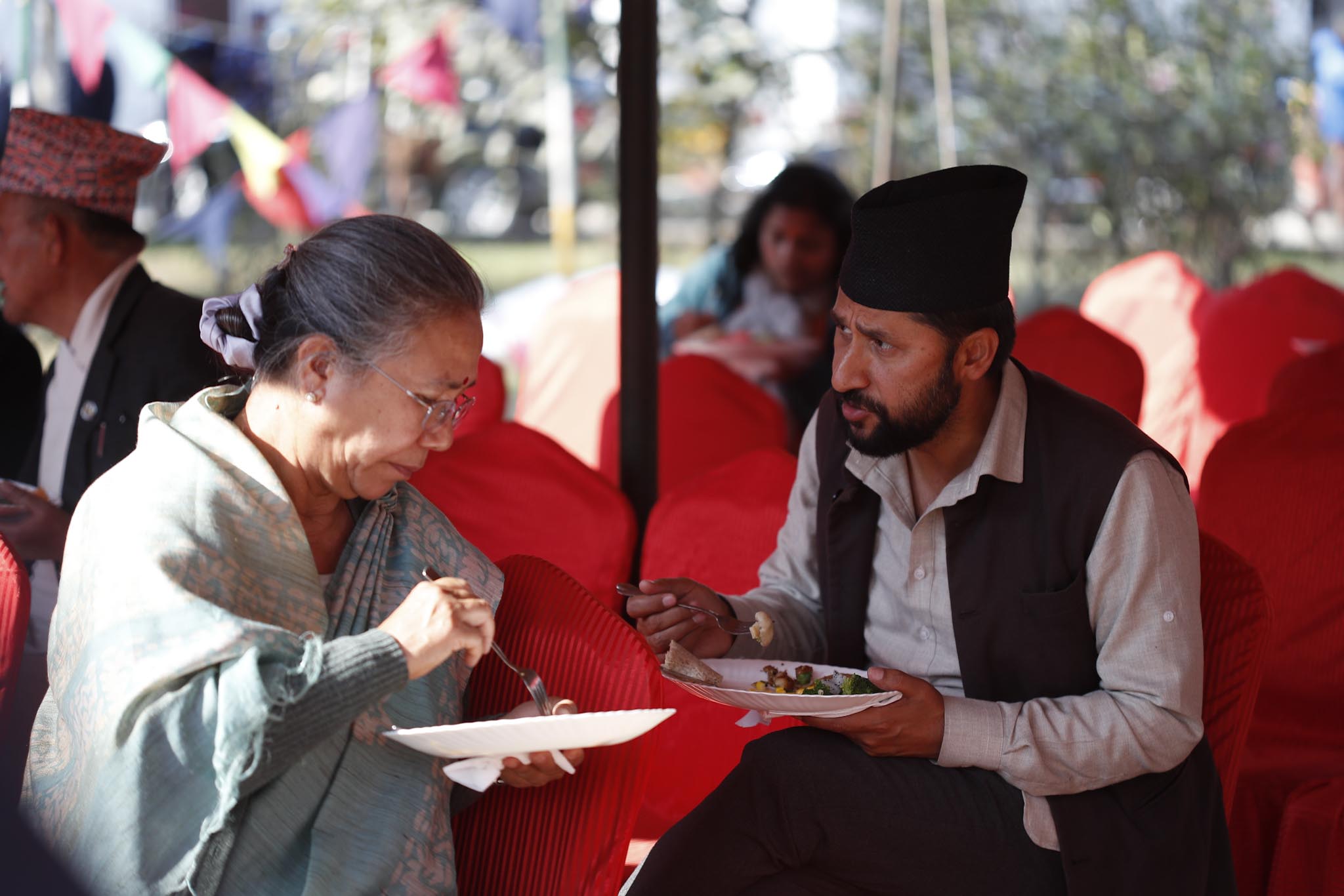
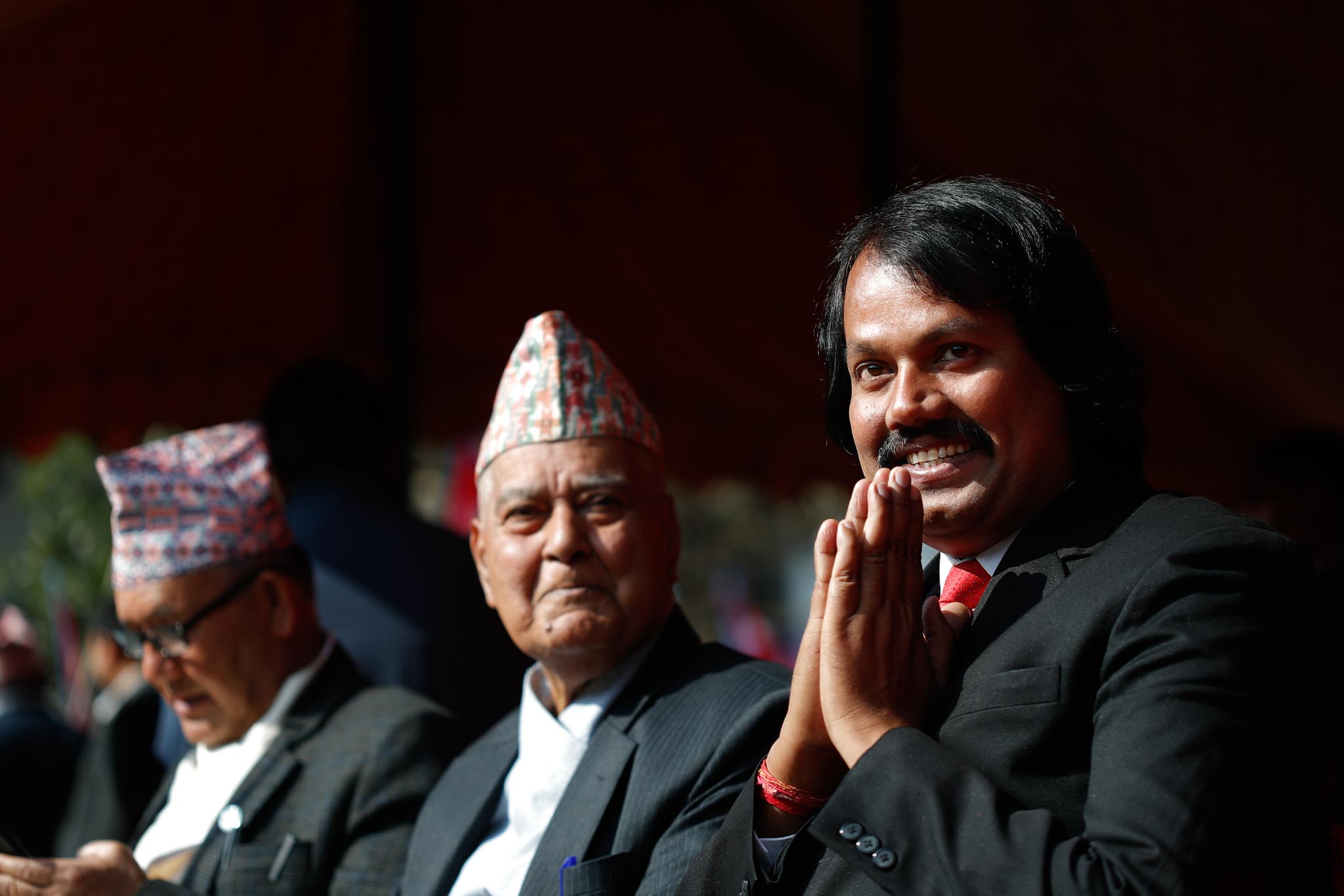
The seven-day deadline has put the key parties on their toes. While UML Chair Oli and Maoist Chair Prachanda have no challengers standing before them, the Ratristriya Swatantra Party led by Rabi Lamichhane; CPN (Unified Socialist) led by Madhav Kumar Nepal; and largely Madhesh Province-based Janamat Party led by CK Raut have moved swiftly to pick the party bosses as their respective Parliamentary Party Leader.
Given the numbers at play these parties will be part of the coalition – irrespective of whether Deuba or Oli or Prachanda head the government. The only leader who faces some challenge before him is Deuba, who is already facing stiff opposition in his bid to become the parliamentary party leader.
He could actually use the short timeframe issued by the president to his favour as his Nepali Congress Parliamentary Party scrambles to elect its Leader by Wednesday (December 21). The newly elected people's representatives will be sworn in the following day – that is, Thursday (December 22).
Thanks to the President's call, the country will likely see a new government taking shape as early as Sunday, December 25. But, given the possibility of horse-trading and the fluid politics and the intense obsession to sleep in the master bedroom while the house is on fire, the political parties may also request the President to extend the timeline by a few days. Anything, everything is possible in Nepali politics.

